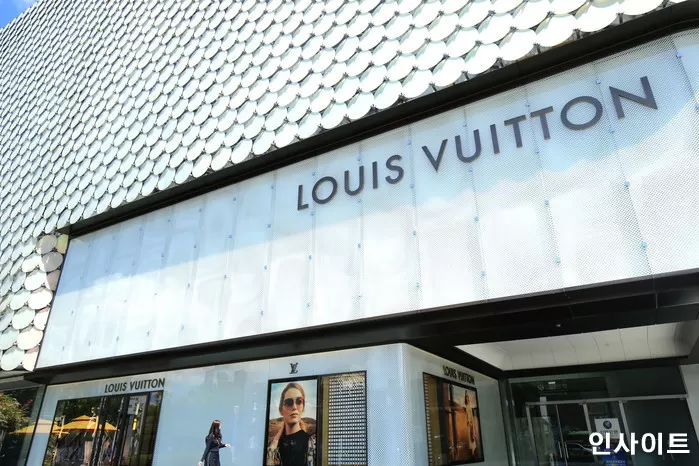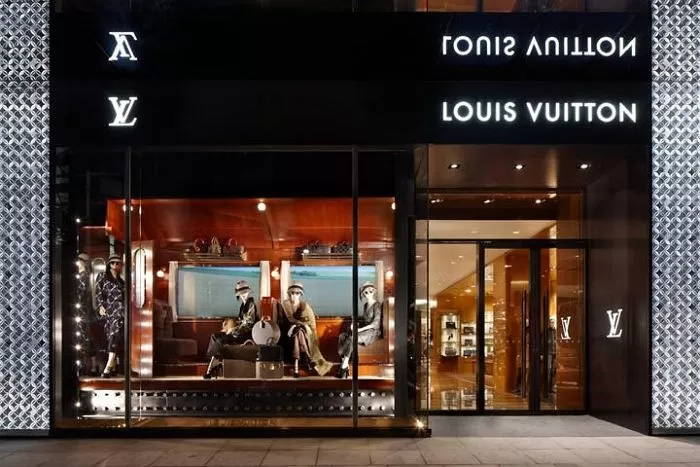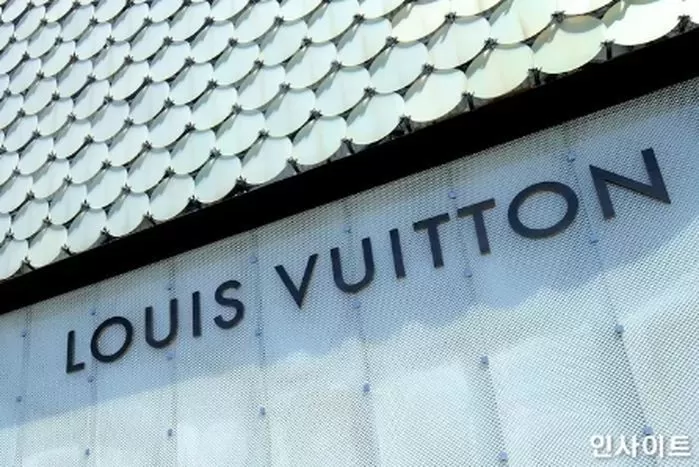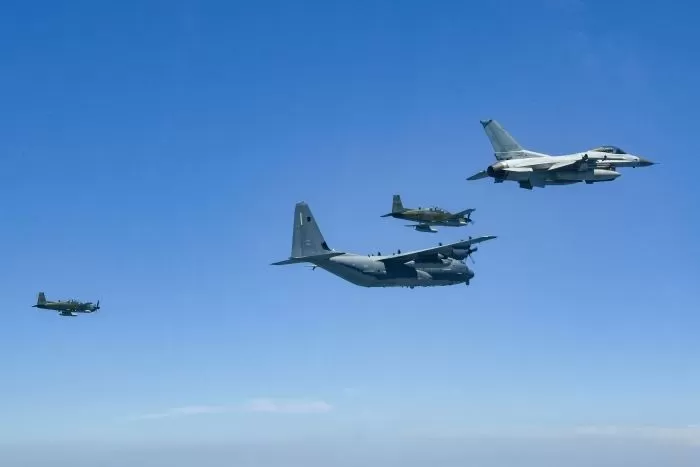Louis Vuitton, Second Price Increase of the Year… Average 3% Increase for Some Bag Products
Even as the luxury market becomes sluggish, the audacity of popular luxury brands seems to be becoming increasingly blatant. The luxury brand Louis Vuitton has abruptly increased the prices of some of its bag products sold in the South Korean market.
According to the luxury industry on the 15th, Louis Vuitton has raised the prices of certain bag products by an average of about 3%.
The price of the representative popular item 'Alma BB' (monogram) has increased from 2.6 million won to 2.68 million won, which is approximately a 3% increase, while the price of the same product in Epi (leather) material has gone up from 2.77 million won to 2.85 million won, marking a 2.8% increase.

Additionally, the 'Nano Speedy' has increased from 2.77 million won to 2.85 million won, and the 'Neo Noe BB' (monogram) has risen from 2.97 million won to 3.05 million won. Notably, the Neo Noe BB has now surpassed the 3 million won mark for the first time due to this price adjustment.
Continuous Price Increases Among Luxury Brands
This marks Louis Vuitton's second price increase this year alone.
Earlier in January, the brand raised the prices of some bag products by about 8-13%. Such price increases are interpreted as a strategy to maintain brand value in addition to external factors such as rising global raw material prices and logistics costs.
Since the beginning of this year, not only Louis Vuitton but major luxury brands have been consecutively raising their prices.
Chanel raised the prices of some of its iconic products, including the Classic Flap Bag, by an average of 2.5% in January, and Hermès also increased the prices of handbags and accessories by 10% in January.
Industry insiders predict that the chain reaction of price increases in the luxury sector, driven by the U.S. government's tariff policies and high inflation, will continue for the time being.

According to the U.S. economic magazine Fortune, Swiss investment bank UBS estimates that European luxury brands need to raise their product prices by an average of 6% to mitigate the burdens caused by reciprocal tariffs under President Trump's administration.
Background and Outlook of Luxury Price Increases
The price increases of luxury brands carry implications beyond just rising costs.
Luxury brands tend to strategically use pricing policies to maintain rarity and exclusivity. Especially amid growing uncertainty in the global economy, this can be seen as a defensive strategy to protect brand value.
According to financial information firm Bloomberg, the global luxury market is expected to grow to approximately $1.5 trillion in 2023, showing a steady increase in demand for luxury consumption following the COVID-19 pandemic. In this context, luxury brands are adopting strategies that reflect external factors such as inflation and rising raw material costs while further strengthening their brand positioning.

Industry experts predict that the trend of price increases among luxury brands will continue as long as the U.S. adopts new tariff policies and global supply chain instability persists. In particular, South Korea is one of the major markets where luxury consumption is active, leading to a tendency for changes in global pricing policies to be immediately reflected.
Image Sources: Photo = Insight, Louis Vuitton Store / loftcn, Reference photo for understanding the article / Photo = Insight


